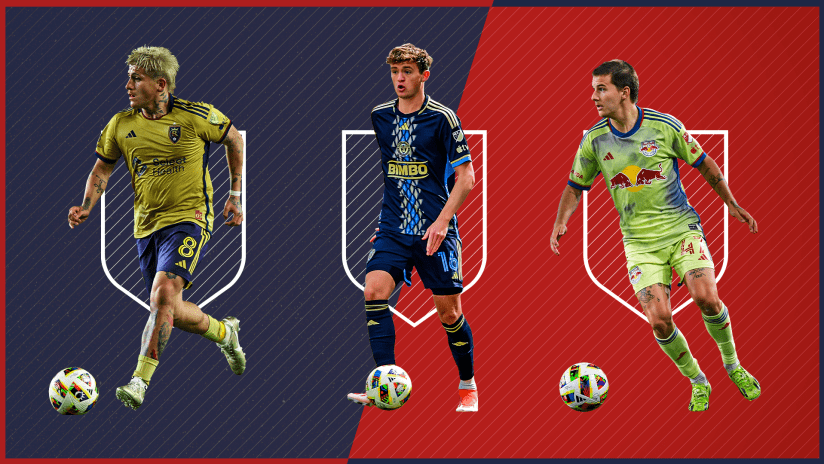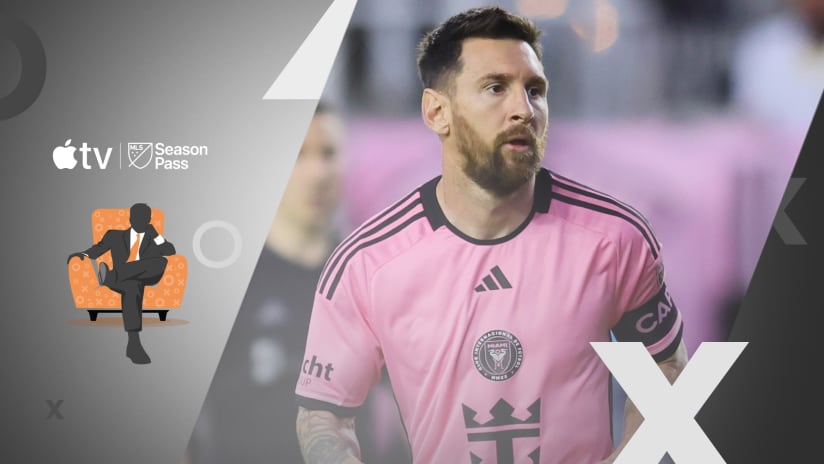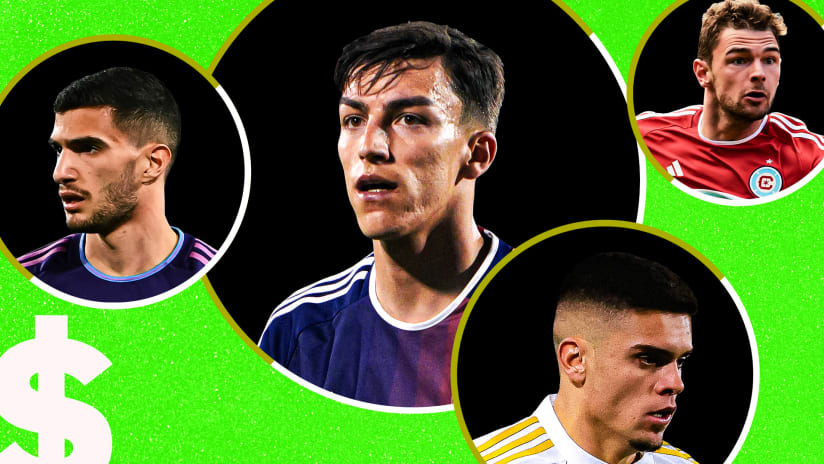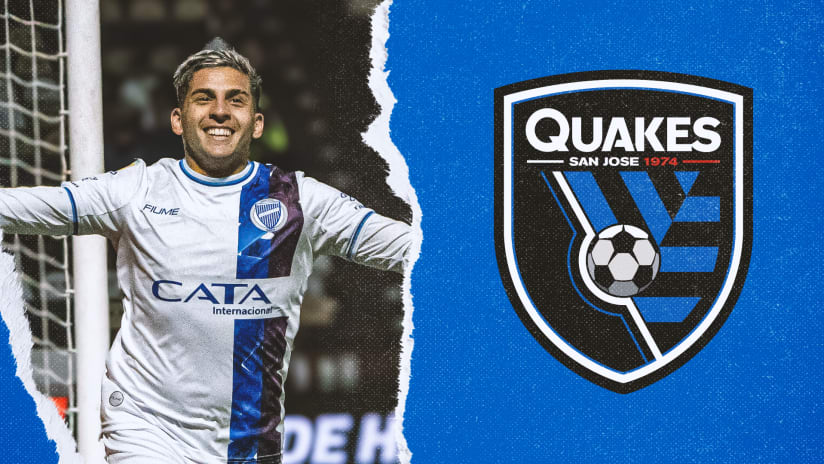It was late July in the summer of 2009, or as ESPN had dubbed it, “The Summer of Soccer.” Bob Bradley had his team, which had just vanquished Spain and pushed Brazil to the limit, seated snugly near the top of the Hexagonal standings. Mexico, meanwhile, had lost three of their first four, fired a coach and looked very much like a team that wasn’t going to qualify for the World Cup.
Then the Gold Cup happened. Or more specifically, the Gold Cup final happened – a 5-0 humiliation of the US “B” team that, it could be argued, restored Mexican pride and, after a decade of dominance, shifted the balance of power in CONCACAF back down south of the Rio Grande.
Bradley faced a certain amount of criticism for the loss. I mean … 5-0, right? I was in the stands at Giants Stadium that day, and when the Mexican fans dumped beer on me, I welcomed it as a 4.5 percent solution to what is rightly remembered as the worst half of soccer any US team has played in the modern era.
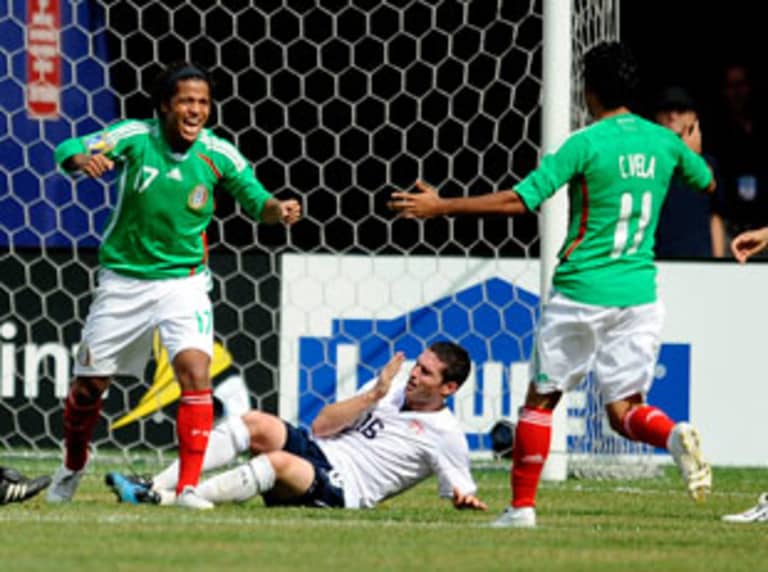
READ: US to face Russia in November
But while Bradley picked a lot of the wrong names for that team, I still think his underlying idea was correct. The US needed to build depth, to identify the guys who could either back up the likes of Carlos Bocanegra, Steve Cherundolo, insert left back here, et al, or even replace them, should things go pear-shaped.
Jurgen Klinsmann is, remarkably, pretty much in that exact same spot. Bocanegra and Cherundolo are still starters with backups who either have precious little experience, or a track record that strongly suggests they’re not international caliber. Left back, it turns out, can still be termed an area of concern. And everybody’s four years closer to retirement.
Compounding this problem is the fact that the most recent US camp was the oldest in living memory, with an average age just north of 29. Even the “new” faces – Eddie Johnson, Michael Parkhurst and Alan Gordon – aren’t so new. Johnson and Parkhurst will be 30 when Brazil 2014 kicks off. Gordon just turned 31.
All three are good, valuable players, but at each of the last four World Cups the US have had to learn a painful lesson about relying on guys who are on the wrong side of 30. It is, as Bruce Arena put it, “a young man’s game.”
So when Klinsmann announced – or hinted, at least – that he’d be bringing a “B” team of his own to next summer’s Gold Cup, I was happy about the news. I don’t particularly want to see another 5-0 (or even 4-2) loss, and I’ve sworn off of beer showers for the time being, but if that’s what it takes to get the side as a whole younger, healthier and blooded, then I’m all for it.
With that in mind, let’s jump ahead seven months and try to figure out what Klinsmann’s “B” team will look like. First, though, a few caveats:
• The US will stick to the current formation, which I’ve labeled a 4-1-3-1-1 (the spine of the team is vertical, and with Danny Williams holding, that gives the likes of Michael Bradley, Clint Dempsey and Herculez Gomez a good amount of flexibility). So the goal of the backups will be to play to their potential while mimicking the play of the current starter.
• Everybody who contributed over the past four qualifiers is on the “A” team, including Jozy Altidore.
• We want guys who will be 29 or younger for Brazil, but still have a shot at beating Mexico/Honduras/Costa Rica/mighty Antigua & Barbuda.
• I don’t give a fig about goalkeeper since Tim Howard and Brad Guzan will likely take us all the way through 2018.
LB: Eric Lichaj, Justin Morrow
Lichaj’s continued omission is strange. Yes, he was awful in the 2011 Gold Cup final, but he’s been relatively good for Aston Villa. And while he’s not the overlapping force that Fabian Johnson is, he’s perfectly able to aid in possession, a la Parkhurst vs. Guatemala.
Morrow, because of his athleticism and one-vs.-one defensive ability, probably has a higher upside. But he’s still learning the spot, and can get caught on the overlap.
CD: Matt Besler, Omar Gonzalez
One guy who’s comfortable on the ball and can do the bulk of distribution, and the other who’s dominant in the air. Besler and Gonzalez are two of the four best central defenders in MLS this year, and the other two – Carlos Valdés and Víctor Bernárdez – are starters for Colombia and Honduras, respectively. It’s good company. (Add Amobi Okugo and Austin Berry into this mix for depth.)
RB: Chance Myers, Steven Beitashour
Both guys overlap like crazy, but Myers is the better defender. He’s a champ at holding down that right flank, while Beitashour has, at times, struggled in the open field. Either way, Klinsmann needs to stop begging Timmy Chandler to return his calls and get one of these two guys in the team.
DM: Dax McCarty, Perry Kitchen
A big area of concern for the US is the inability to recover after midfield turnovers. That’s right in McCarty’s wheelhouse, and Kitchen’s not bad at it, either. Osvaldo Alonso is an obvious choice here if FIFA gives him clearance (which it won’t, so please keep your hopes in check).
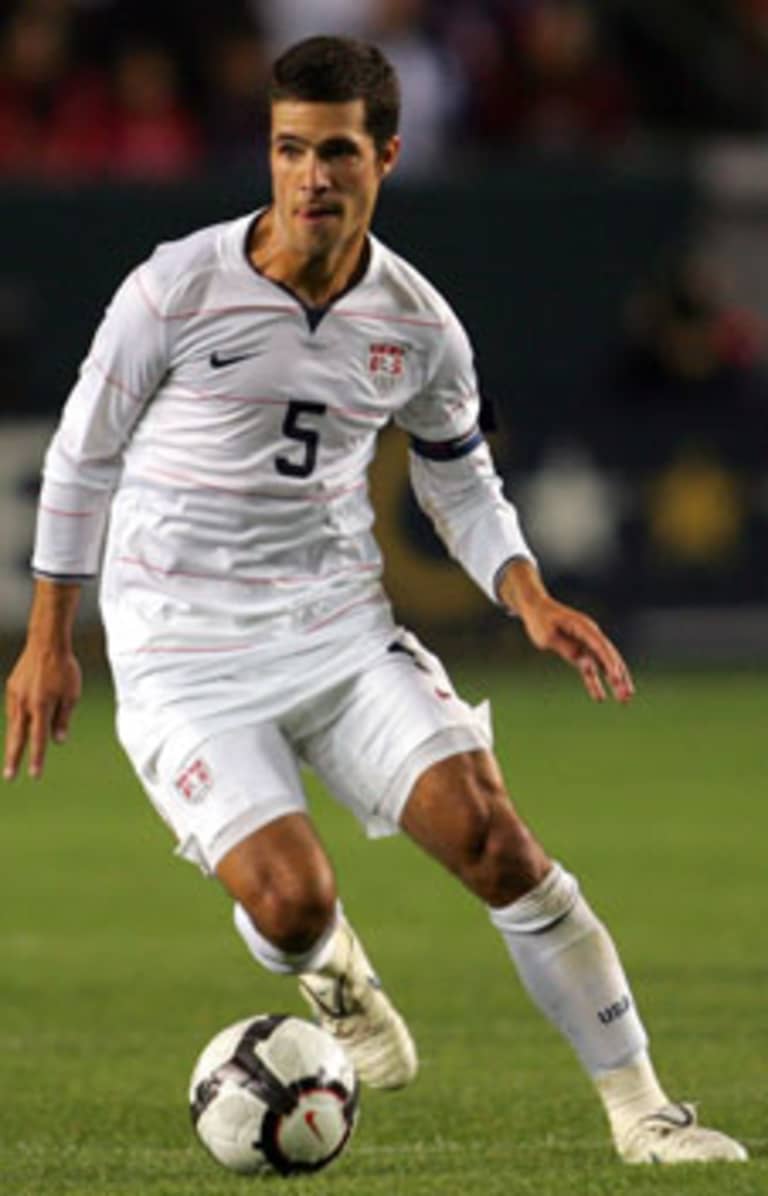
RM: Nick DeLeon, Josh Gatt
DeLeon has quietly had a fantastic rookie year for D.C. United, and by April of next year, you will be on his bandwagon. I’m less enamored of Gatt, who has ridiculous athleticism but is purely vertical in a league that can’t keep up with him.
CM: Benny Feilhaber, Michael Farfan
Feilhaber’s credentials are self-explanatory (and he’s been better for New England than most realize, including Jay Heaps). Farfan is a phenomenal defender at the spot, maybe the one guy who can cover the same amount of ground as Bradley.
LM: Chris Pontius, Dilly Duka
Pontius should already have been integrated (and, according to Steven Goff of TheWashington Post, would have been if not for a troublesome knee). I like him best cutting in from the left and attacking goal, or sneaking onto the back post. It’s a lot like how EJ played this spot.
Duka brings possession. He can hold the ball like few in the US pool, and I’d much rather see someone like that come on to kill off a lead than the rote substitution of a second (or third) d-mid. Defense through ball retention has been undervalued by Klinsmann thus far.
Support Striker: Darlington Nagbe*, Luis Silva
Nagbe isn’t a citizen yet, but if he is by next summer, he’s a shoo-in. Silva has shown the ability to both create and finish chances while still helping in possession (which is the position as it’s played by Dempsey).
Freddy Adu is a wild card here. He’d be a vastly different look, but as EJ just showed us, you can’t write off anyone who’s got a unique skill set.
Center Forward: Will Bruin, C.J. Sapong
Both guys are big, strong targets who’ve improved from year one to year two. Sapong holds the ball up a little better, which is key in this scheme, but isn’t a natural goal scorer. Bruin is. Tie goes to the guy who puts it in the net.
Switching generations is never easy, but it has to be done. Landon Donovan will be 32 by the next World Cup. Bocanegra and Cherundolo will be 35.
They've been great players for the US. Donovan deserves a statue somewhere, and 100 percent of the votes when he's up for election into the US Soccer Hall of Fame. The other two should be first-ballot entries. None of the three should be omitted from the team immediately, or entirely.
But the nature of sport is that the irreplaceable needs, eventually, to be replaced. Even if that means "The Summer of Soccer" ends in a shower of warm beer.
Matthew Doyle writes the Armchair Analyst column for MLSsoccer.com



